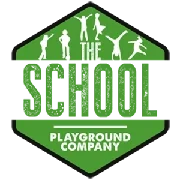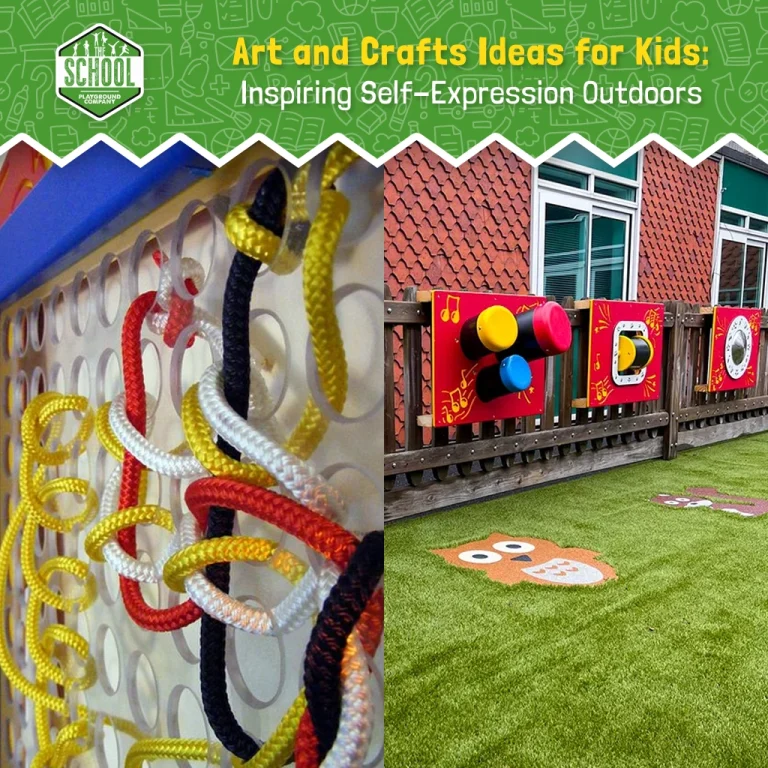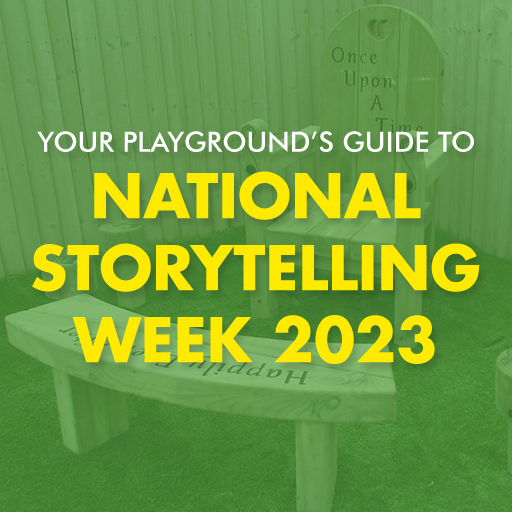The recent pandemic has contributed to art being put on the back seat. There is pressure to ensure children catch up with all the core subjects. Art lessons are relegated to extracurricular activities. The debate about the importance of art continues.
This blog can only touch the surface, but here at The School Playground Company believe it is essential to highlight the need to promote art, in all its forms, in school, in play, and at home.
Past Thinking About Art
The debate about the importance of art has raged for centuries. Philosophers Aristotle & Plato disagreed over its value. Aristotle says that art imitates nature, and for art to relate to human emotional experience and knowledge, a work of art has to be a ‘structured whole’.
On the other hand, Plato sees art as mimicking and inferior to physical things. Whichever way you think about art, it has played its part in shaping, defining, and identifying our world and history.
Modern Thinking About Art
The Tate Modern informs us that,
‘Schools that integrate arts into their curriculum show improved student performance in maths, English, critical thinking and verbal skills.
Unfortunately, art is often pushed out of the way of the other core curriculum subjects of maths and the sciences. However, we believe that the importance of art in primary school should not be understated.
Why Should We Introduce Art To Primary School Children?
Let’s ask the question what art is? Is it painting, drawing, poetry, music, and dancing, sculpting in the sand, colouring in a picture? It is all that and more. Creativity, ‘out of the box, and critical thinking are all encouraged by art. It stimulates a child’s imagination, encouraging independent thought, self-esteem, self-confidence, and independence.
Developing Imagination, Self-Expression, and Creativity With Art
Children have different ways of exploring the world around them, expressing themselves, flowing from one way to another.
Art can hold a child’s attention, which you know if you ever watch a child draw or paint. Encouraging their ability to express their thoughts, feelings, and ideas is a skill much valued in adult life.
The focus they apply is amazing and a skill we want to nurture. There is freedom in art in all its forms, be it dancing, music, or mixing colours. This freedom allows a child to be themselves and be confident in who that is.
Developing Self-Confidence, Self-Discipline, and Resilience With Art
Art is often free time without a structured approach to teaching it. This allows children to develop that inner voice with questions about what they are doing. Art helps them to problem-solve to find answers.
Children then own the work they produce, growing in confidence. It doesn’t matter how well they deliver. The skills they find are the value.
Developing Critical Thinking With Art
Communication is such a key skill, whatever age you are. Art allows communication in all its forms, letting children explore feelings and thoughts they often do not have the words to express. Discussions on artists also tell a child that it is OK to have a different opinion.
Relaxing With Art
Art is fun. It is an outlet for energy and frustration, a calming process that helps with a child’s overall well-being. At TSPC, we understand the concept of learning through fun and art. Contact us to find out more ways in which we can help bring art into your school.
We believe that art is important and a balance to academic subjects, teaching our children diverse skills necessary for life.



